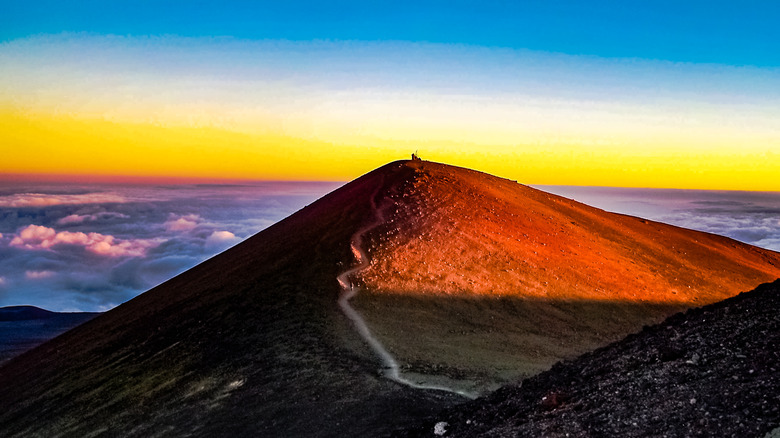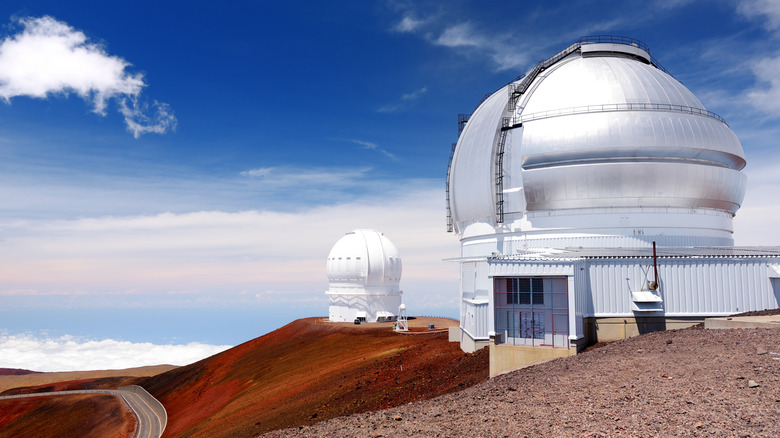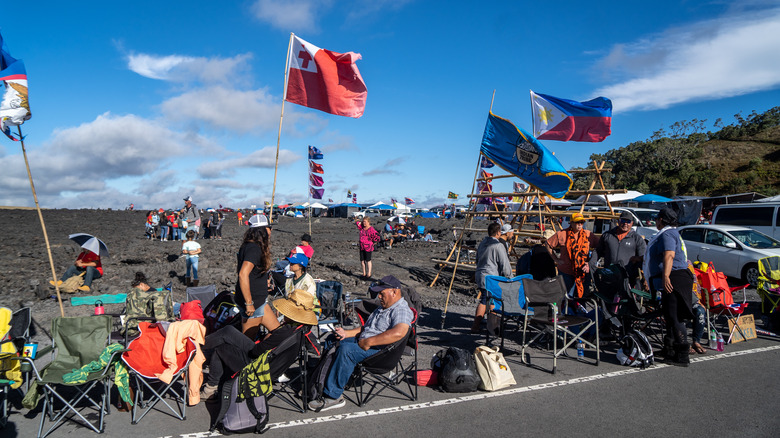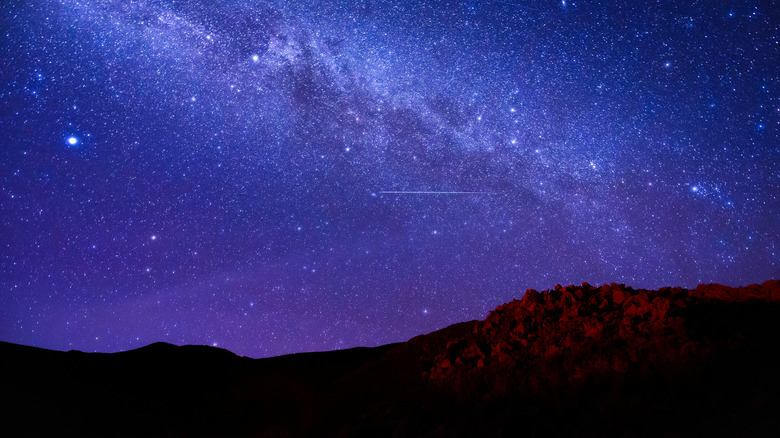Why The Thirty Meter Telescope Is So Controversial
It's fair to say the situation around the Thirty Meter Telescope is complicated. On the one hand, astronomers are hoping to build the Thirty Meter Telescope (TMT), an enormous, next-generation optical telescope, on Mauna Kea, a dormant volcano on the Big Island of Hawaii. Some indigenous Hawaiians, however, are opposed, warning of possible ecological destruction on the site and asserting that their traditional and sacred rights are being violated.
There have been protests, counterprotests and various political maneuvers since at least 2014. Protesters were arrested en masse in 2015 and 2019; demonstrators around the world have marched in solidarity with the Hawaiians, and even the Rock has been onsite for a while. Arguments have been ongoing for the best part of 10 years but with very little movement. Well, at least up until three months ago, when the situation changed dramatically.
The current standoff between astronomers and protestors over Mauna Kea is rooted in a fairly simple question of sovereignty: whose land is it, who gets to use it, and how. Many of these questions have yet to be answered, hence the controversy, though at least a handful of facts are not in dispute.
What does everyone agree on?
First, federal and Hawaiian state law acknowledge that some land belongs to indigenous communities, and those communities decide how the land can be used. The standards for what counts as indigenous land vary, but most favor places of sacred and/or secular importance to a given indigenous group, particularly when that group actively claims it as theirs. Second, Mauna Kea is a site of sacred and secular importance to many native Hawaiians. Those native Hawaiians actively claim it.
Third, while Mauna Kea may fit the legal requirements for being indigenous land, historically it hasn't been treated that way. Legally, Mauna Kea was made a scientific reserve under the stewardship of the University of Hawaii in 1968.
Fourth, the University of Hawaii has made some mistakes taking care of Mauna Kea. Everyone agrees on that, including the University. UH conducted a comprehensive self-audit in 1998, finding major instances of ecological damage and violation of indigenous rights at Mauna Kea. Most of those issues had been raised long before the audit by indigenous Hawaiians trying to protect their sacred site, and indeed many indigenous Hawaiians are skeptical of further scientific inroads there.
Finally, Mauna Kea is an unbelievably good place to look at the sky. In fact it has everything astronomers dream of: high elevation, clear air, minimal pollution, and a wide flat place on which to spread out and stargaze. The Thirty Meter Telescope would fit there nicely, and so in 2013 the TMT Project chose Mauna Kea as its ideal site, and sought to begin construction immediately. Protesters have been standing in their way, often literally, ever since.
An intense conflict with a surprising conclusion
There have been active protests at Mauna Kea since 2014. The core issue is simple: the TMT Project says they've done due diligence, their paperwork is in order and they have the right to build. Protesters counter that indigenous groups were not adequately involved in the decision, that scientific projects have already caused significant destruction on Mauna Kea, and that they have a legal right and obligation to protect places fundamental to native Hawaiian culture.
The conflict peaked in 2015, when protests blocked roads to Mauna Kea to halt construction vehicles. Dozens of protesters were arrested, worldwide news carried the story, and the state government plus the Supreme Court of Hawaii stepped in. In the years following, there has been little progress. Smaller conflicts have erupted, including the arrest of more than 30 native Hawaiian elders in 2019, as the Guardian reports.
Then, two things happened. First came kapu aloha. "Kapu aloha" translates – very broadly – as "love and holiness." It's more than a motto; kapu aloha is a longstanding, traditional code of behavior in native Hawaiian culture, rooted in the protection of wahi pana and wahi kapu, "storied places" and "sacred places." Mauna Kea is both.
In the context of the protests, kapu aloha was reasserted by native Hawaiian protesters after the arrests in 2019. Since then, it has provided a framework for nonviolent engagement between protesters and outside interests. Kapu aloha offers guidance to both sides, establishing a way for people within and outside native Hawaiian culture to interact respectfully with and around sacred things.
Second, the state government made a call. In June 2022, NPR reported that Hawaii passed a state law removing Mauna Kea from the stewardship of the University of Hawaii. The new law established a stewardship council of educators, scientists, and representatives of native Hawaiian communities and interests to determine the next steps.
What's next for Mauna Kea
Put bluntly, no one quite knows for sure what's next for Mauna Kea. The new council looks like progress, but it's faced with irreconcilable differences: Mauna Kea can't both be preserved unchanged, and yet also maintain an 18-story, 34,000 square foot telescope. When you're talking about an installation capable of four times the sharpness of even the brand new James Webb Space Telescope, and more than twelve times that of Hubble, you know the footprint isn't going to be small. If there's a way to square those two intentions, no one has figured it out yet.
What we know is that people are trying. The parties involved are at least making the effort to communicate with both allies and opponents, establishing groundwork for compromise. In many ways, the stewardship council was simply the next logical step from the protesters' kapu aloha, offering a means by which everyone involved with this decision could face one another and make fully representative decisions. Civil government rarely lives up to the standards of kapu aloha, but the new council at least represents one meaningful step forward for Hawaii.



